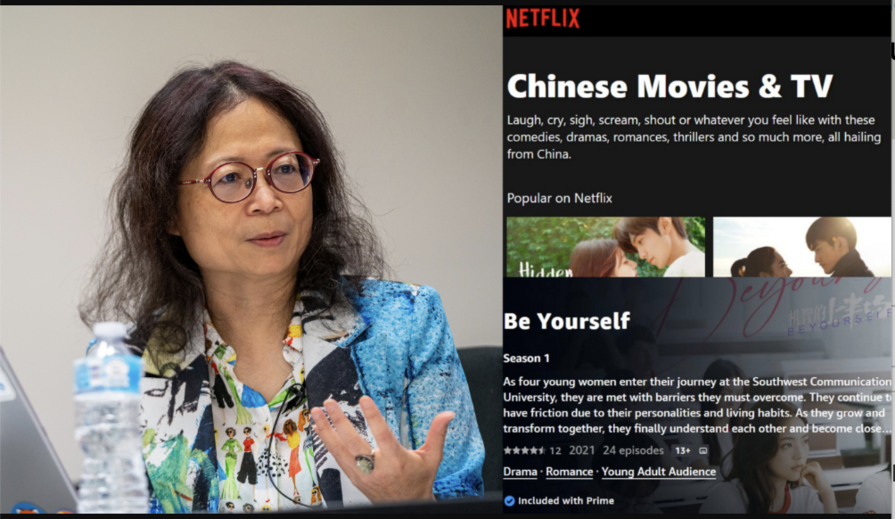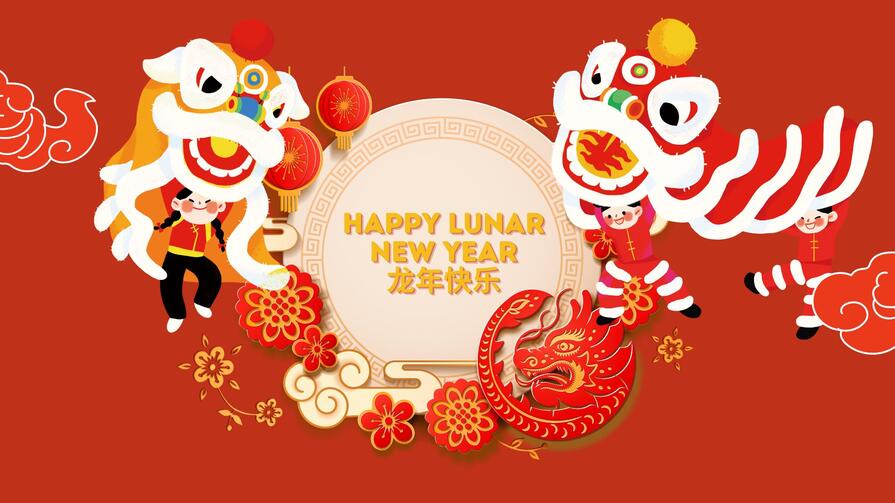Xiaobing Tang, Origins of the Chinese Avant-Garde: The Modern Woodcut Movement, Berkeley and Los Angeles, University of California Press.
One of the most significant artistic practices to emerge from the political and cultural turmoil China faced in the early 20th century was the modern woodcut movement, writes Xiaobing Tang, professor of comparative literature and East Asian languages and cultures at USC College. In this first comprehensive account of the Chinese woodcut movement available in English, Tang explains the aesthetic, intellectual and social appeal of this revolutionary art form and argues that by pursuing the woodcut, young printmakers heralded the arrival of both artistic and political modernity, significantly altering Chinese graphic arts and visual culture.
Xiaobing Tang is chair of the Department of East Asian Languages and Cultures and a member of the USCI executive committee.



